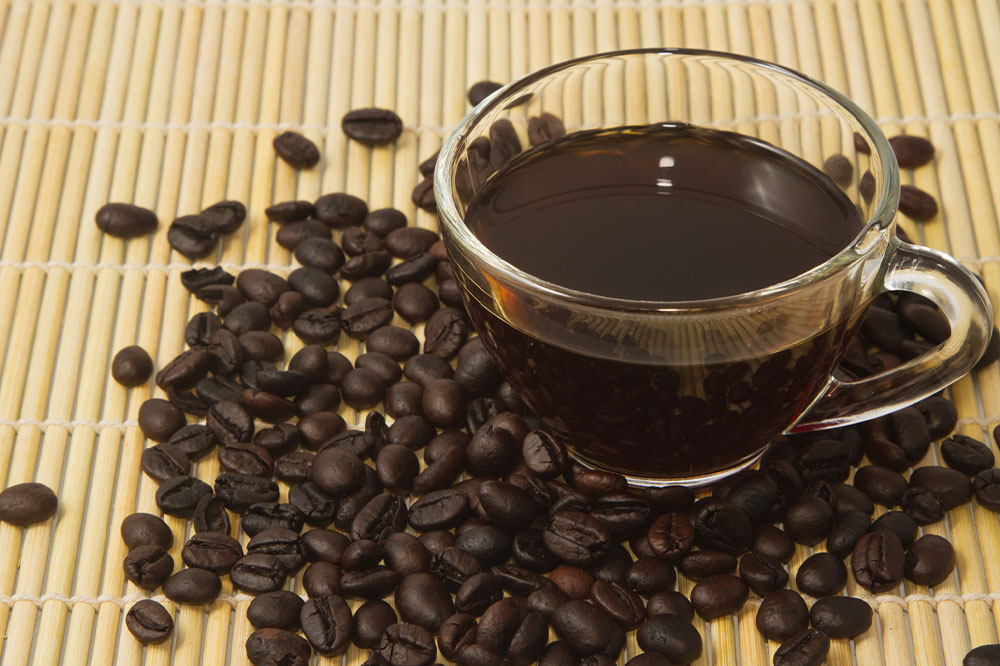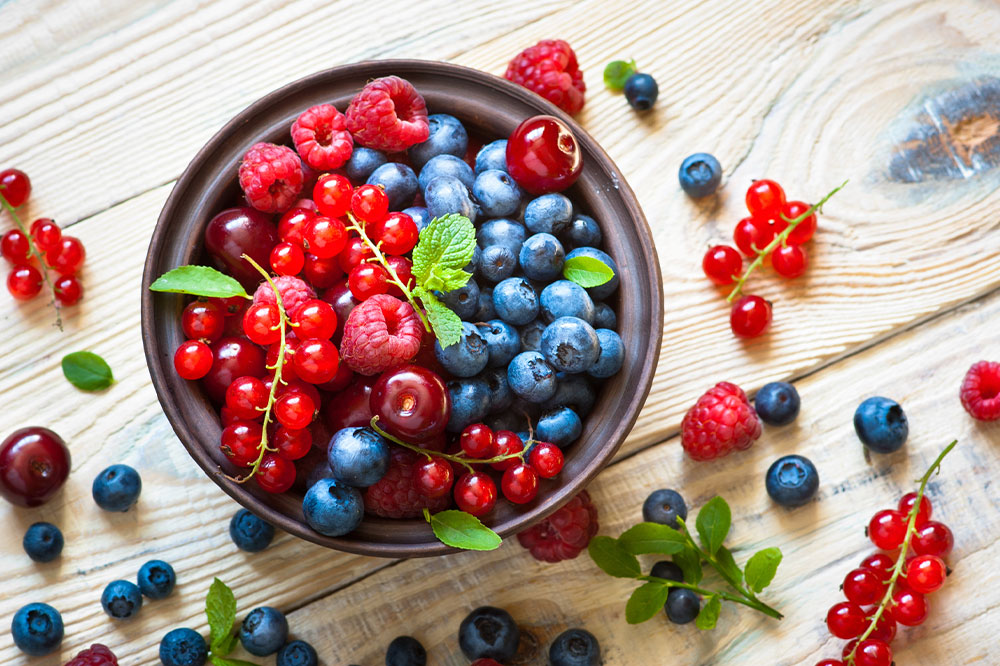Managing Migraine Headaches – Foods to Avoid

Migraine is a condition in which individuals experience headache episodes with varying intensity. The headaches are also often accompanied by symptoms like nausea and sensitivity to light and sound. Experts believe that migraine episodes make it hard to complete daily tasks and suggest proper rest and sleep to fight the symptoms. However, certain food choices might aggravate the symptoms. Some foods to avoid and home remedies to manage the condition are discussed below.
Caffeine
Too much caffeine or even caffeine withdrawal can cause headaches and migraine symptoms. According to experts, caffeine can stop oncoming migraine, though its quantity must be supervised. Migraine sufferers must drink coffee or even tea with caffeine in moderate amounts.
Chocolate
Experts consider chocolate as the second most common trigger factor of migraine symptoms. It has caffeine and beta-phenylethylamine, which are responsible for triggering headaches and migraines in individuals. According to research, chocolates affect around 22% of those dealing with migraine attacks.
MSG
Monosodium glutamate, or MSG, is a naturally occurring sodium salt that is a product of glutamic acid. However, this is also an ingredient that is found in a lot of food recipes. Research indicates that MSG intake is linked with migraine attacks, even though eating this product is perfectly safe for the body otherwise. Studies suggest that MSG and other preservatives in some foods trigger severe migraine episodes in 10-15% of patients.
Aged cheese
As cheese ages, it produces a compound called tyramine. It is formed when the cheese’s protein starts to break down due to aging, and the longer the cheese ages, the higher the amount of tyramine in it. This compound is responsible for triggering headaches and migraine in individuals. So avoiding aged cheese products like parmesan, blue cheese, and feta is usually recommended.
Fermented foods
Like aged cheese, pickled and fermented foods also contain tyramine. Pickles, kombucha, pickled jalapenos, pickled okra, and even kimchi are all high in tyramine and should be avoided to prevent migraine attacks.
Salty foods
It mainly applies to salty foods that are home-cooked or processed foods available in the market. Salt is used, along with other ingredients, as a preservative in many food items, so eating these packaged foods increases the risk of migraine episodes. Studies have shown that excessive sodium intake can be harmful to the body. It causes an increase in blood pressure, which leads to complications like headaches and migraine attacks.
Cured meats
It includes food items like sausages, deli meats, hams, and hot dogs, all processed meats containing unhealthy preservatives like nitrates. These foods release nitric oxide in the blood, which can dilate the blood vessels in the brain.
Smells that trigger migraine episodes
Smell plays an important role when it comes to the management of migraine symptoms. Osmophobia is an increased intolerance and sensitivity towards smells, and this can lead to the triggering of migraine headaches. How or why some people react to strong odors in this manner is yet to be determined. However, for some people, it can cause nausea and headaches. Some common odors that trigger migraine episodes are listed below.
- Cleaning products
- Gasoline
- Car exhaust
- Perfume
- Nail polish
- Pesticides
- Leather
- Paint or paint thinners
- Combustible gas
- Detergents
- Asphalt
- Carpeting
Exposure to these smells for 15 minutes or more can cause a trigger reaction leading to splitting headaches among individuals. It is significantly more common if the smell is contained in an enclosed space. Some of the ways in which smell-induced migraines can be prevented are listed below.
- Recognizing your triggers and avoiding the environment in which the smell is overwhelming or overbearing.
- Observe premonitory symptoms like dizziness, moodiness, or fatigue, experienced before the headache. If you notice these symptoms, it might indicate a headache that is about to come on, so move to a different environment where these triggers do not cause complications.
- Breathe in some fresh air by opening windows or stepping outdoors.
- If you work in an environment that is more likely around smells like gasoline, paints, or other trigger factors, try switching your work environment if possible, or wear protective gear like masks.
Home remedies to manage migraine headaches
One can try several tried and tested tricks to relieve pain and discomfort caused by migraine attacks. While these may not always guarantee 100% relief, they can be tested to avoid pain.
Cold packs
Place an ice pack on your forehead, neck, and scalp to relieve the pain. If you do not have an ice pack, try gel packs, or a clean cloth dipped in ice-cold water. Experts believe this cold therapy helps reduce blood flow, which might help relieve pain.
Avoiding bright light
Lying down in a dark and quiet room is one of the ways to tackle pain. It is believed that bright light and loud noises aggravate the symptoms, so allowing some rest is advised.
Vitamin B2
It is found in foods like fish, cheese, and even milk. Also known as riboflavin, it has been studied that eating vitamin B2-rich foods help prevent migraine episodes and manage pain.
Physical activity
Adding exercise to the daily routine is integral for a healthy lifestyle. Regular exercise is advised for those dealing with migraine, however, not during a splitting headache but otherwise. Regular movement can help prevent these episodes and reduce the frequency. It has been studied that exercises that increase the heart rate are good for preventing migraine episodes, but this may be difficult for some individuals. An alternative is trying yoga which focuses on slower movements but with the right benefits for the body. Research suggests that frequent yoga sessions lower the risk of migraine attacks.
When managing migraines, being aware of your surroundings and environment is important. Some areas are a hotspot for migraine attacks and, therefore, should be avoided by individuals facing trouble managing the symptoms. It includes places like Cincinnati, Madison, Knoxville, Nashville, and St. Louis, to name a few. Several factors make these cities unsafe for migraine sufferers, including air pollutants, noise pollution, and chemical factories that may pollute the surroundings.


